Beauty trends are always changing; what may be the most popular look today could be totally out of fashion by next year.
Whether it's dyeing one's eyebrows to match a rainbow or trying to master the hottest nail art, women have been looking to stay ahead of the fashion curve throughout history.
However, shifting trends aren't just relegated to clothing or makeup. Women and men alike have been modifying their body hair throughout history in order to express the latest fashions.
Though today women can choose to sport body hair (or a lack thereof) that suits them, that hasn't always been the case…
In the 1920s, with the rise of the sleeveless dress, women were expected to groom their body hair in a way society hadn't seen in centuries. And the body hair removal industry that followed? It changed everything.
Scroll through the pictures below to see the surprising history behind our relationship with body hair.
How do you feel about body hair grooming? Let us know in the comments!
1400
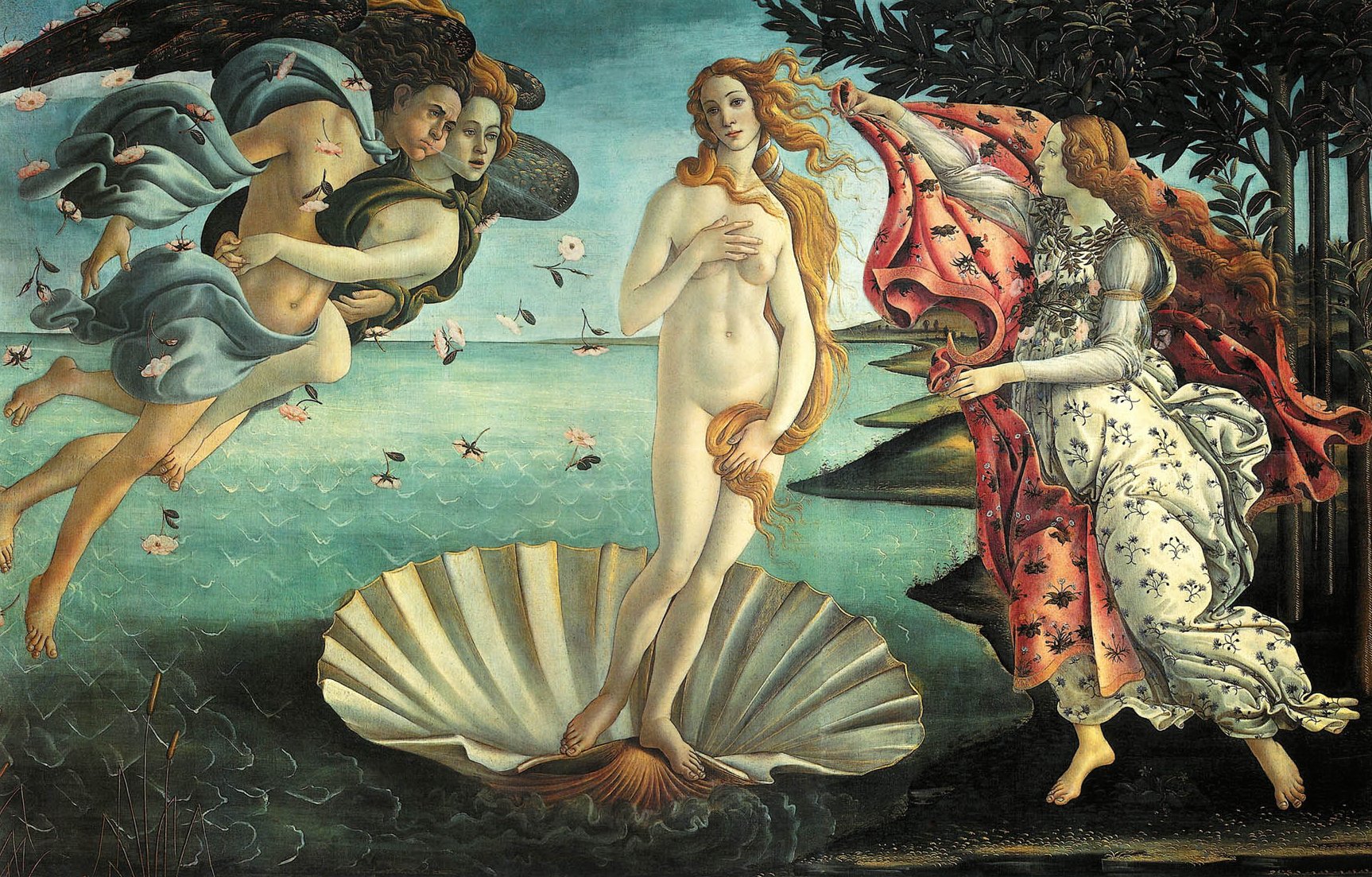
As memorialized in the iconic painting, The Birth of Venus, it's clear that the Roman Empire viewed body hair as an unseemly fashion.
At this point in history, hair removal was actually seen as an identifier of class and status. Wealthy women would remove their body hair with pumice stones, razors, tweezers, and depilatory creams to achieve a smooth look.
This trend is evidenced in much of the era’s art, as most of the nude women depicted are completely hairless.
1800
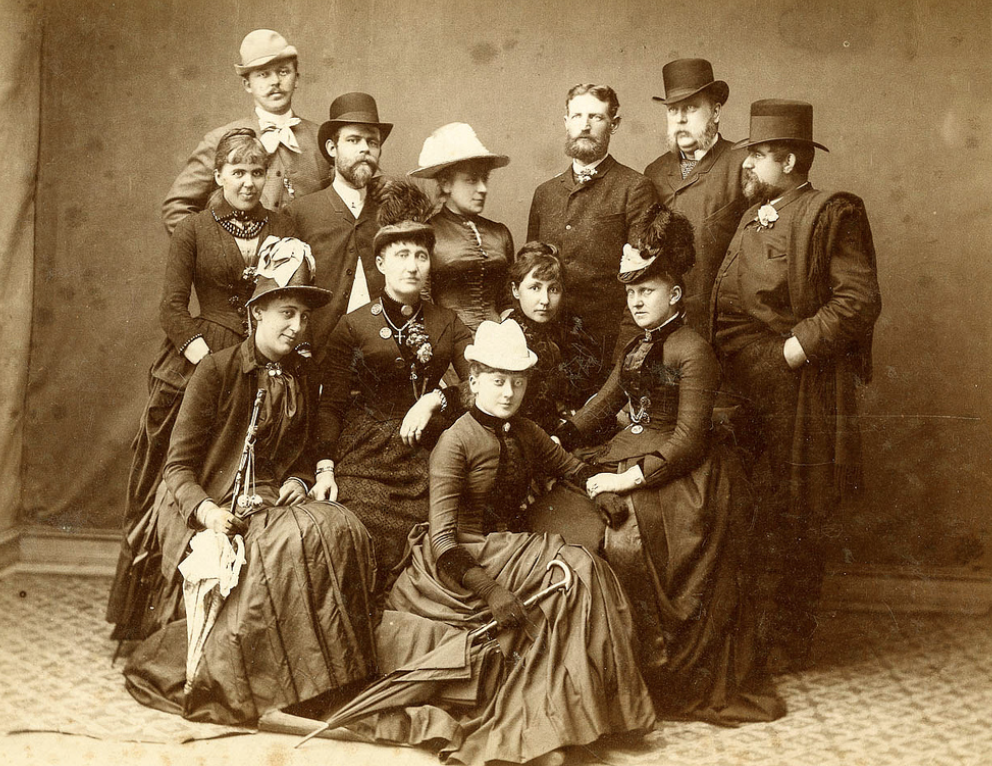
However, the lower classes of Europe continued to leave body hair alone in the centuries that followed.
Since these fashion required complete modesty, there was no reason to get rid of armpit hair (or any hair for that matter). Even the word “underarm” was considered scandalous.
As Europeans migrated to America in the 1800s, the call for modesty continued to take root in the United States as well.
1915
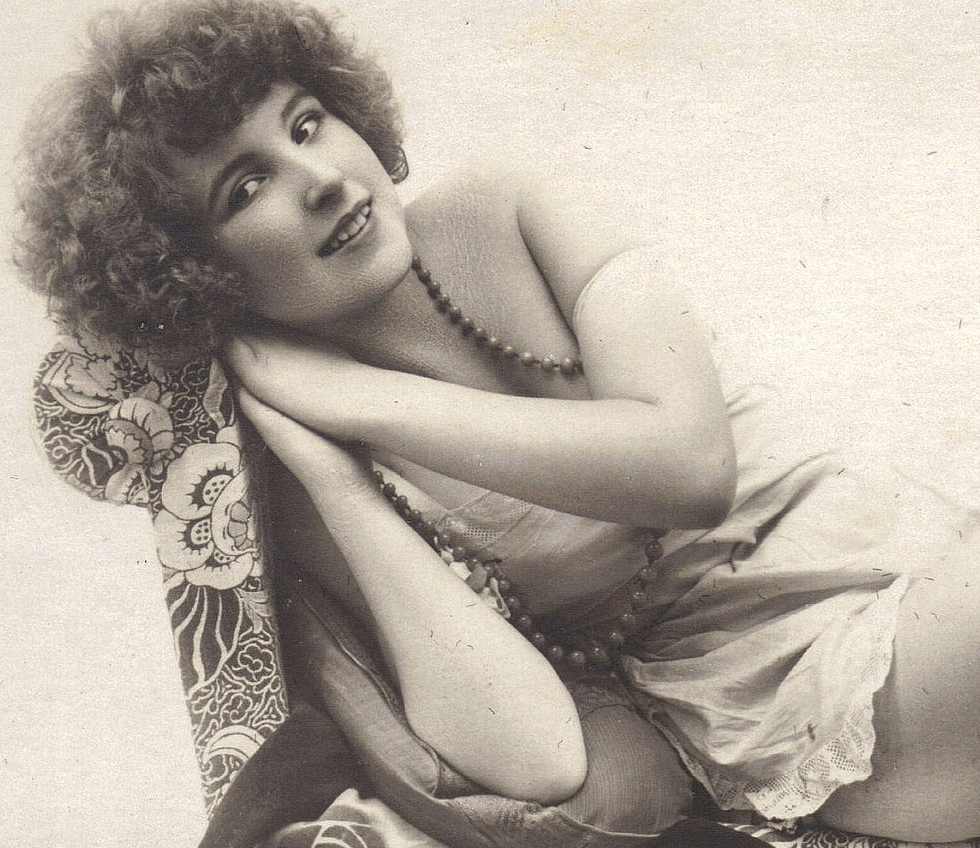
Then came the sleeveless dress, and everything changed.
An ad in the fashion magazine Harper’s Bazaar decreed that in order wear it (and certainly show it off while dancing), women would first need to see to “the removal of objectionable hair.”
They didn’t need much convincing, and by the early ’20s, hairy underarms were a thing of the past.
However, leg hair (as legs were still considered rather immodest) was seen as appropriate.
1920
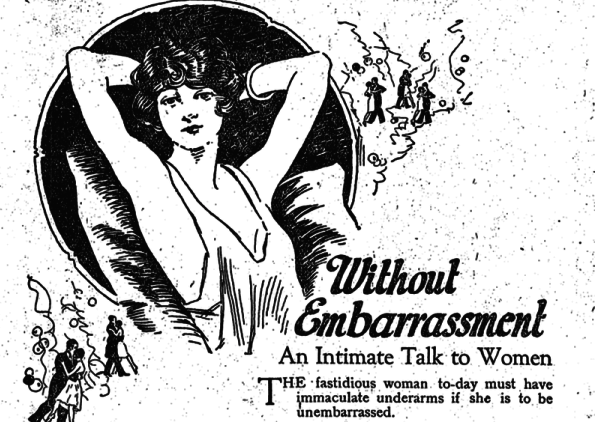
This brought on the dawn of the billion dollar grooming industry. With tons of anti-armpit hair advertisements in circulation, women everywhere were flocking to buy razors and deodorant to help maintain their fresh and bare look.
Needless to say, hairless armpits were now in fashion and were here to stay for quite some time.
1930-1940
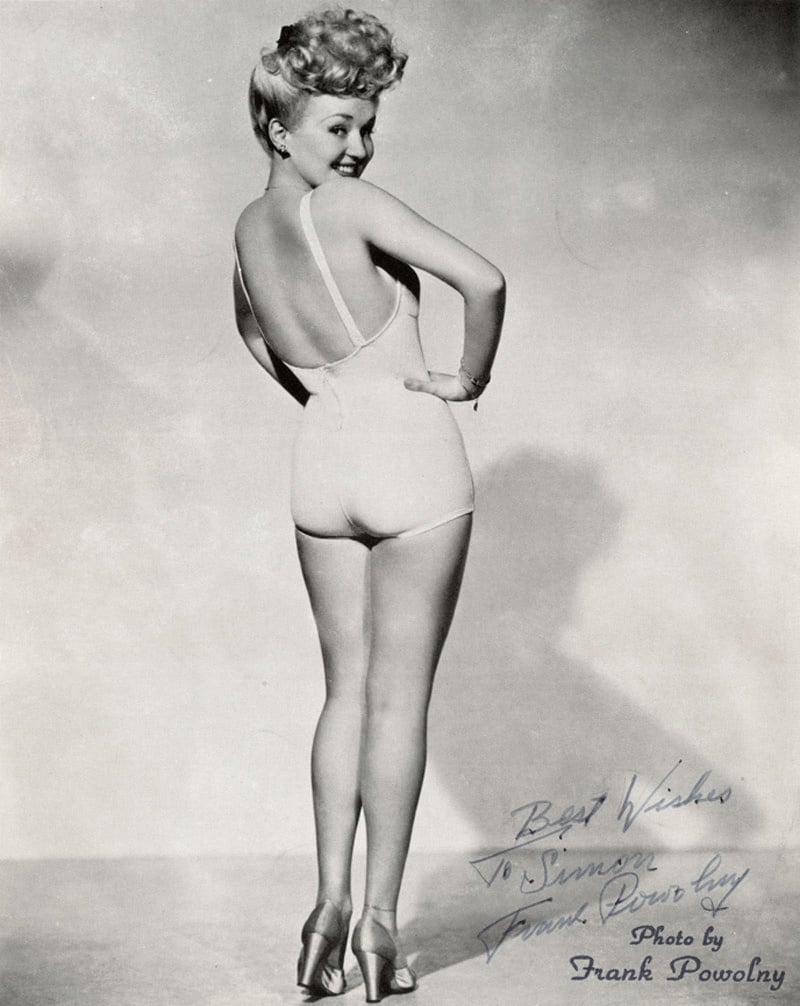
As the flapper era came and went, so did shaving trends. By the 1930s, hemlines were much longer than before, and so women continued to not shave their legs.
However, Betty Grable and the rise of the WWII pin-up picture completely changed the game yet again.
How? Betty’s legs looked so amazing that, in order to emulate her look, a whole new generation of women were chomping at the bit to buy shorter skirts and sheer stockings.
And, of course, completely smooth and hairless legs were part of the required look.
1950
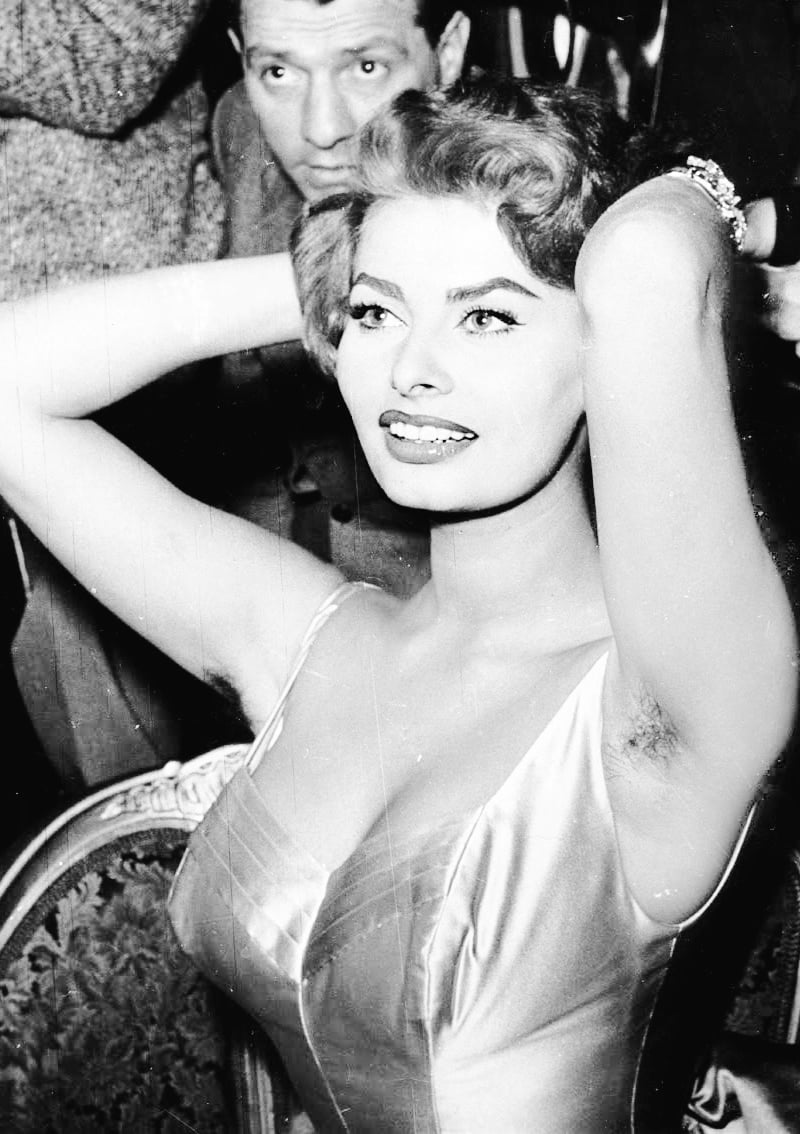
By the 1950s, a woman’s body was relatively bare, with most women shaving both their legs and underneath the arms.
Since depilatory creams were still irritating to the skin, ladies relied on razors for their legs and underarms and tweezers to groom and shape eyebrows.
That being said, armpit hair was still all the rage in Europe! And classic beauty Sophia Loren wasn’t afraid to show off hers.
At many an award show, Sophia was known to sport an unshaved underarm as an accessory to a gorgeous strapless gown.
1960
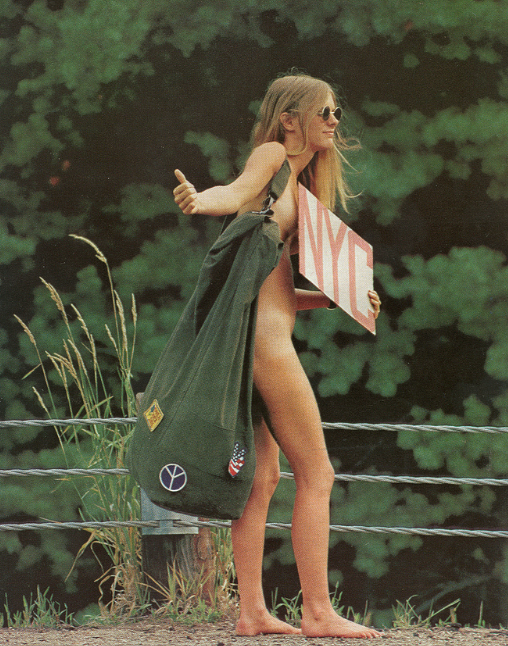
By the 1960s, however, women were changing their tune.
With the free love and hippie movements taking over America, women were suddenly opting for a more natural look.
Immortalized in the musical Hair, women and men alike were baring their bodies, body hair and all.
Refusing to shave even became somewhat of a political statement, and was adopted by activists and celebs as part of the feminist movement of the time.
Like bra burning, women everywhere were throwing away their razors and creams as they began embracing a more empowered, natural sexuality.
1970
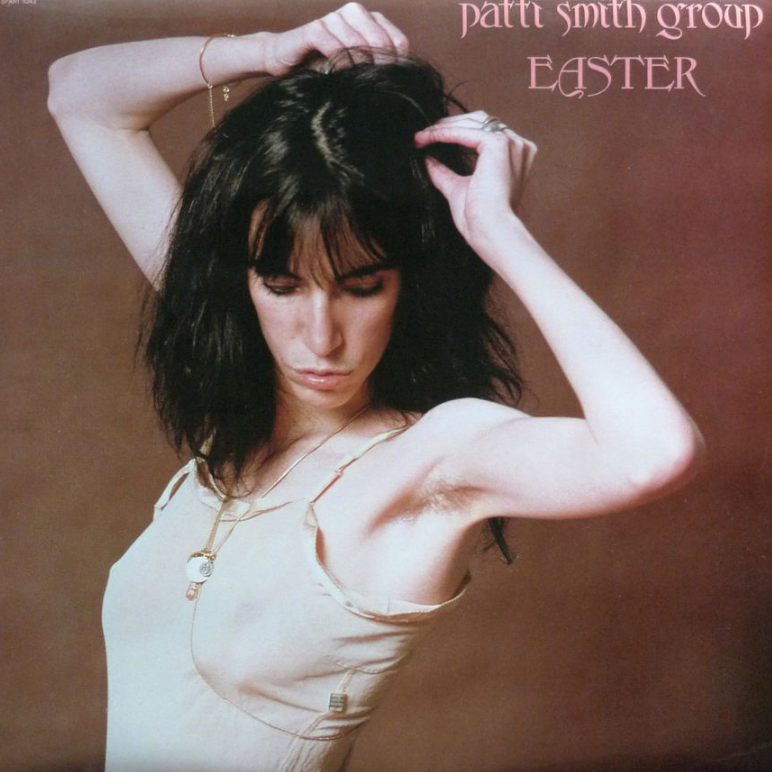
The 1970s saw the invention of electrolysis, and though some women continued the trend of an unshaven pit, others opted to get rid of their hair completely.
This era also saw a resurgence in the removal of the bikini area as the two-piece swimsuit continued to be a huge trend.
And thus the country was split between the feminists of the 1960s – like Patti Smith who debuted unshaven pits on the cover of her 1978 album Easter – and women who wanted to embrace the future and get rid of their hair all together.
1990
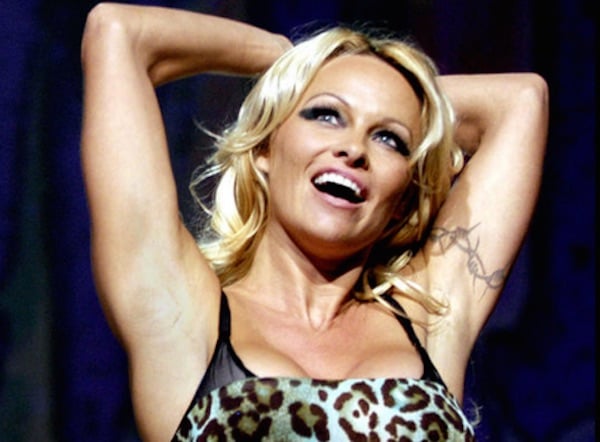
2015
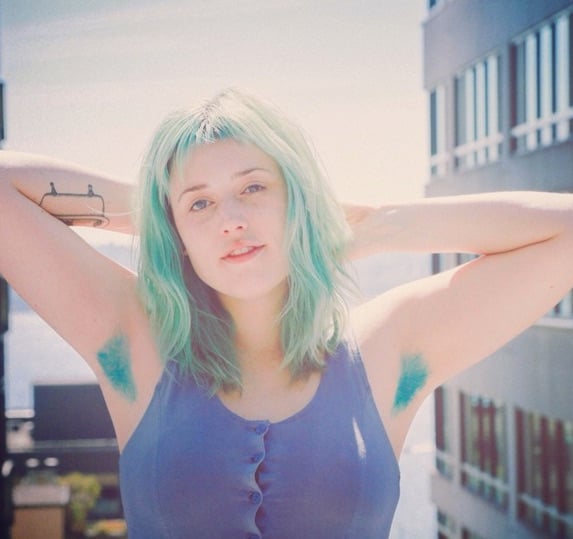
20 years later, 2015 is ringing in a whole new era of underarm fashions.
On top of celebrities and icons boldly sporting their unshaven underarms, women around the country are now experimenting with armpit hair dye!
What do you think of these shifting underarm fashion trends? How do you prefer to keep your underarm hair? Let us know in the comments.
Please SHARE this fascinating look at armpit hair trends!




